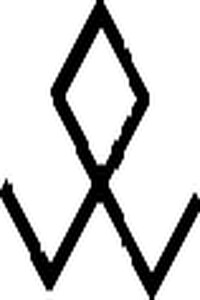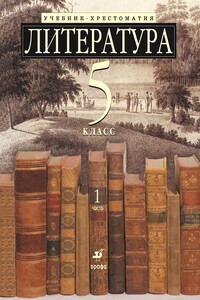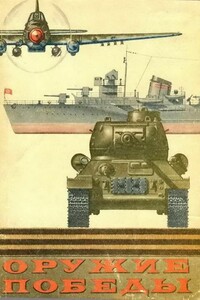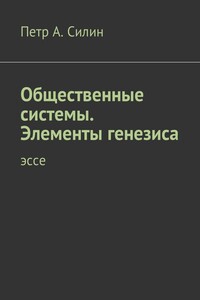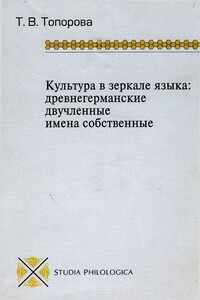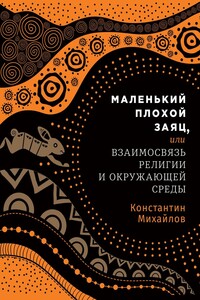153. Marteyn, B. Modulation ofShigellavirulence in response to available oxygen in vivo / B. Marteyn, N. P. West, D. F. Browning et al. // Nature. – 2010. – № 465. – P. 355–358.
154. Dobson, A. Bacteriocin production: a probiotic trait? / A. Dobson, P. D. Cotter, R. P. Ross et al. // Appl. Environ Microbiol. – 2012. – № 78. –P. 1–6.
155. Corr, S. C. Understanding the mechanisms by which probiotics inhibit gastrointestinal pathogens / S. C. Corr, C. Hill, C. G. Gahan // Adv. Food Nutr. Res. – 2009. – № 56. – P. 1–15.
156. Gong, H. S. Mode of action of plantaricin MG, a bacteriocin active againstSalmonella typhimurium / H. S. Gong, X. C. Meng, H. Wang // J. Basic. Microbiol. – 2010. – № 50 (Suppl. 1). – P. 37–45.
157. Dabard, J. Ruminococcin A, a new lantibiotic produced by a Ruminococcus gnavusstrain isolated from human feces / J. Dabard, C. Bridonneau, C. Phillipe et al. // Appl Environ Microbiol. – 2001. – № 67. – P. 4111–4118.
158. Rea, M. C. Thuricin CD, a posttranslationally modified bacteriocin with a narrow spectrum of activity againstClostridium difficile / M. C. Rea, C. S. Sit, E. Clayton et al. // Proc. Natl. Acad. Sci USA. – 2010. – № 107. – P. 9352–9357.
159. Artis, D. Epithelial-cell recognition of commensal bacteria and maintenance of immune homeostasis in the gut / D. Artis // Nat. Rev. Immunol. – 2008. – № 8. – P. 411–420.
160. Atarashi, K. ATP drives lamina propria TH17 cell differentiation / K. Atarashi, J. Nishimura, T. Shima et al. // Nature. – 2008. – № 455. – P. 808–812.
161. Satoh-Takayama, N. Microbial flora drivesinterleukin 22 production in intestinal NKp46+cells that provide innate mucosal immune defense / N. Satoh-Takayama, C. A. Vosshenrich, S. LesjeanPottier et al. // Immunity. – 2008. – № 29. – P. 958–970.
162. Iwasaki, A. Toll-like receptor control of the adaptive immune responses / A. Iwasaki, R. Medzhitov // Nat. Immunol. – 2004. – № 5. – P. 987–995.
163. Rakoff-Nahoum, S. Recognition of commensal microflora by toll-like receptors is required for intestinal homeostasis / S. RakoffNahoum, J. Paglino, F. Eslami-Varzaneh et al. // Cell. – 2004. – № 118. – P. 229–241.
164. Kawai, T. The roles of TLRs, RLRs and NLRs in pathogen recognition / T. Kawai, S. Akira // Int. Immunol. – 2009. – № 21. – P. 317–337.
165. Barnes, M. J. Regulatory T cells reinforce intestinal homeostasis M. J. Barnes, F. Powrie // Immunity. – 2009. – № 31. – P. 401–411.
166. Lee, Y. K. Has the microbiota played a critical role in the evolution of the adaptive immune system? / Y. K. Lee, S. K. Mazmanian // Science. – 2010. – № 330. – P. 1768–1773.
167. Josefowicz, S. Z. Extrathymically generated regulatory T cells control mucosal TH2 inflammation / S. Z. Josefowicz, R. E. Niec, H. Y. Kim et al. // Nature. – 2012. – № 482. – P. 395–399.
168. Round, J. L. The gut microbiota shapes intestinal immune responses during health and disease / J. L. Round, S. K. Mazmanian // Nat. Rev. Immunol. – 2009. – № 9. – P. 313–323.
169. Round, J. L. Inducible Foxp>3+ regulatory T-cell development by a commensal bacterium of the intestinal microbiota / J. L. Round, S. K. Mazmanian // Proc. Natl. Acad. Sci USA. – 2010. – № 107. – P. 12204–12209.
170. O’Mahony, C. Commensal-induced regulatory T cells mediate protection against pathogen-stimulated NF-jB activation / C. O’Mahony, P. Scully, D. O’Mahony et al. // PLoS Pathog. – 2008. – № 4. – P. 1000– 1012.
171. Atarashi K, Tanoue T, Shima Tet al. Induction of colonic regulatory T cells by indigenousClostridiumspecies.Science2011; № 331:337–41.
172. Ivanov, I. I. Induction of intestinal Th17 cells by segmented filamentous bacteria / K. Atarashi, T. Tanoue, T. Shima et al. // Cell. – 2009. – № 139. – P. 485–498.
173. Atarashi, K. ATP drives lamina propria TH17 cell differentiation / K. Atarashi, J. Nishimura, T. Shima et al. // Nature. – 2008. – № 455. – P. 808–812.
174. Fukuda, S. Bifidobacteria can protect from enteropathogenic infection through production of acetate / S. Fukuda, H. Toh, K. Hase et al. // Nature. – 2011. – № 469. – P. 543–547.

